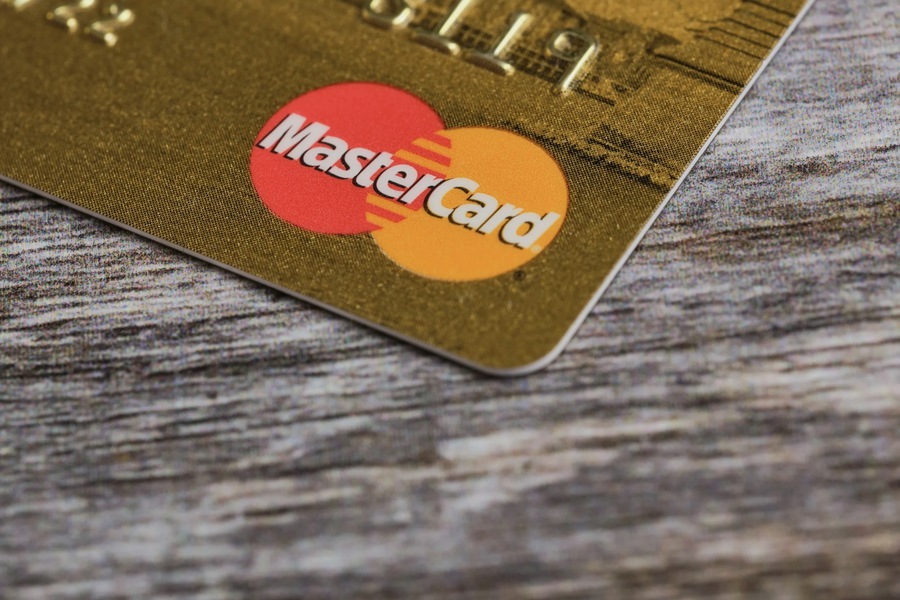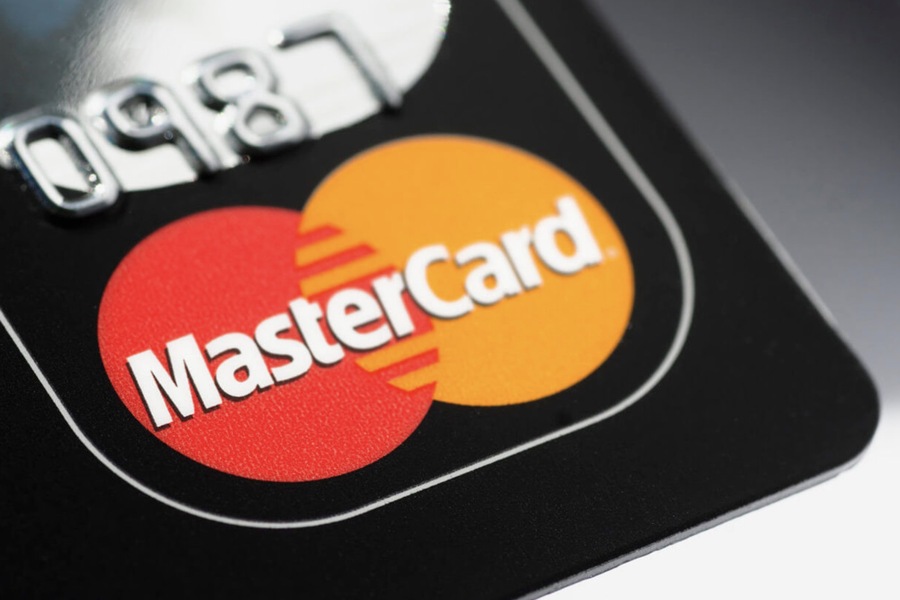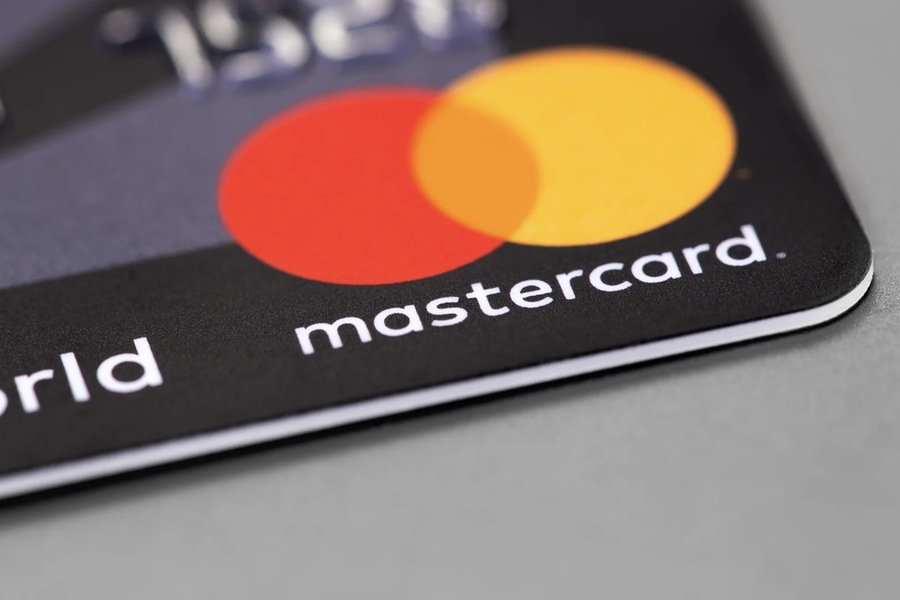Mastercard is an American multinational payment card corporation headquartered in Purchase, New York. The company is renowned for its extensive range of services, primarily focused on processing payment transactions and offering related payment services, such as travel-related bookings. Mastercard’s mission is to foster an inclusive digital economy that benefits everyone by ensuring transactions are secure, simple, smart, and accessible.
History and Evolution
The history of Mastercard dates back to the late 1940s when several US banks began providing their clients with personal payment documents in paper form. These early payment instruments allowed customers to purchase goods in local stores. The advent of credit cards in 1958 necessitated the development of technology to facilitate transactions.
In 1966, a significant milestone was reached when 17 commercial banks formed the International Card Association (ICA). ICA’s participants were responsible for issuing bank cards and handling authorization, clearing, regulation, and servicing of payment transactions. This collaboration laid the groundwork for what would eventually become Mastercard.
By 1968, ICA had entered the international market, establishing a presence in Mexico, Japan, and Europe. The association’s expansion continued throughout the 1970s, with banks from Australia and African countries joining its ranks. In 1979, ICA rebranded as MasterCard International, signaling its growing global influence.
The early 2000s marked another transformative period for Mastercard. In 2002, it merged with Europay International, a leading financial services company, to form a global private equity corporation. This merger solidified Mastercard’s position as a major leader in the payments industry. In 2006, Mastercard took a significant step by going public with an initial public offering (IPO) on the New York Stock Exchange.

Mastercard’s Product Offerings
Mastercard offers a diverse portfolio of products designed to meet the varied needs of its customers. These products are categorized into three main segments: Initial, Classic, and Premium.
Initial Products
– Maestro: This is a widely recognized debit card service. Maestro cards are used for everyday transactions and are known for their convenience and security. For example, Maestro cards are commonly used for in-store purchases and ATM withdrawals worldwide, ensuring a seamless banking experience.
– Unembossed Cards: These cards feature a flat surface without raised lettering, offering a sleek design and often faster issuance times. Unembossed cards are popular among younger customers and those who prefer a minimalist aesthetic.
– Electronic Cards: These cards are primarily used for electronic transactions, providing a secure and efficient way to manage payments. Electronic cards are ideal for online shopping, where card details are entered digitally rather than swiped or inserted into a card reader.
Classic Products
– Mastercard Standard Card: The standard bank credit card is a versatile payment tool accepted worldwide. It offers basic features and benefits suitable for everyday use. For instance, Mastercard Standard cards come with basic fraud protection and global acceptance, making them a reliable choice for consumers.
Premium Products
– Mastercard Gold: This card offers enhanced benefits, including higher credit limits, travel insurance, and concierge services, catering to more affluent customers. Mastercard Gold cardholders often enjoy privileges such as extended warranties on purchases and travel-related perks.
– Mastercard Platinum: Platinum cards provide exclusive privileges such as access to airport lounges, personalized customer service, and premium rewards programs. For example, Mastercard Platinum cardholders may receive complimentary access to premium airport lounges worldwide, along with special offers on luxury goods and services.
– Mastercard World: Designed for the elite, the World card offers unparalleled benefits, including luxury travel perks, exclusive event access, and superior protection features. Mastercard World cardholders might benefit from exclusive experiences, such as private concerts, VIP events, and top-tier travel insurance coverage.
Ownership and Issuance
Today, Mastercard is collectively owned by approximately 25,000 banks and financial institutions. These participating banks set their own interest rates and annual fees and issue cards under their own branding. This decentralized model allows for flexibility and customization, catering to the specific needs of various markets and customer segments.
Technological Innovations
Mastercard has consistently been at the forefront of technological innovations in the payments industry. The company has pioneered various technologies aimed at enhancing the security and convenience of transactions.
– Contactless Payments: Mastercard introduced contactless payment technology, allowing customers to make transactions by simply tapping their cards on a contactless-enabled terminal. This innovation has significantly reduced transaction times and increased convenience for users.
– Mobile Wallets: Mastercard supports various mobile wallet solutions, such as Apple Pay, Google Pay, and Samsung Pay. These mobile wallets enable customers to make payments using their smartphones or smartwatches, providing a seamless and secure payment experience.
– Biometric Authentication: To enhance security, Mastercard has integrated biometric authentication methods, such as fingerprint and facial recognition, into its payment processes. This ensures that transactions are not only faster but also more secure.

Commitment to Financial Inclusion
Mastercard is deeply committed to promoting financial inclusion worldwide. The company has launched several initiatives aimed at bringing financial services to underserved populations.
– Mastercard Center for Inclusive Growth: This initiative focuses on advancing equitable economic growth and financial inclusion. It collaborates with governments, non-profits, and other organizations to create opportunities for underserved communities.
– Partnerships with Microfinance Institutions: Mastercard partners with microfinance institutions to provide access to financial services for individuals and small businesses in developing countries. These partnerships help empower people by giving them the tools they need to improve their financial well-being.
Sustainability Efforts
Mastercard is also committed to sustainability and reducing its environmental footprint. The company has implemented various initiatives to promote sustainability and address climate change.
– Sustainable Card Materials: Mastercard has introduced cards made from sustainable materials, such as recycled plastic and biodegradable materials. This effort is part of the company’s broader strategy to reduce plastic waste and promote environmental sustainability.
– Carbon Calculator: In partnership with Swedish fintech company Doconomy, Mastercard launched the Mastercard Carbon Calculator. This tool allows consumers to track their carbon footprint based on their spending habits, encouraging more environmentally conscious behavior.
Conclusion
Mastercard’s journey from a consortium of banks issuing paper payment documents to a global leader in payment solutions is a testament to its innovative spirit and commitment to excellence. By continually evolving its product offerings and expanding its reach, Mastercard has solidified its position as a pivotal player in the global payments industry. With a mission to create an inclusive digital economy, Mastercard continues to make transactions secure, simple, smart, and accessible for millions of customers worldwide. Through its technological innovations, commitment to financial inclusion, and sustainability efforts, Mastercard is not only shaping the future of payments but also making a positive impact on society and the environment.

Basketball fan, father of 3, music blogger, Mad Men fan and storyteller. Producing at the crossroads of simplicity and intellectual purity to craft an inspiring, compelling and authentic brand narrative.
